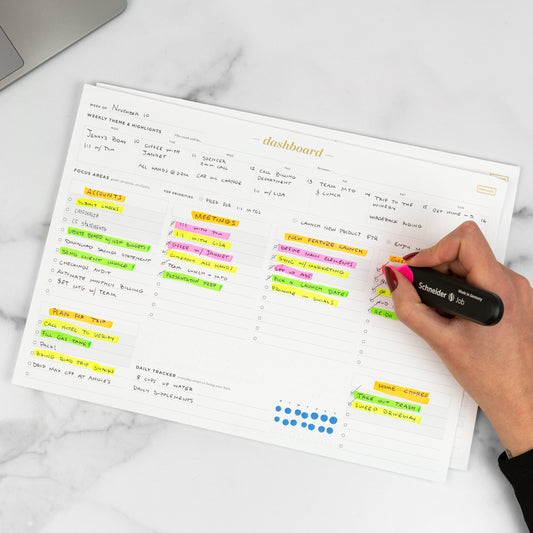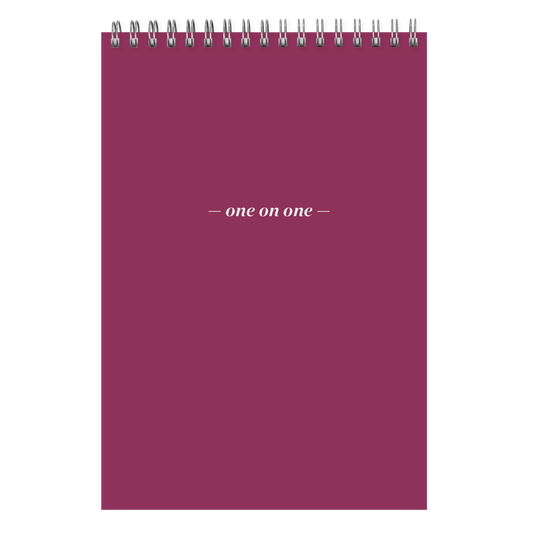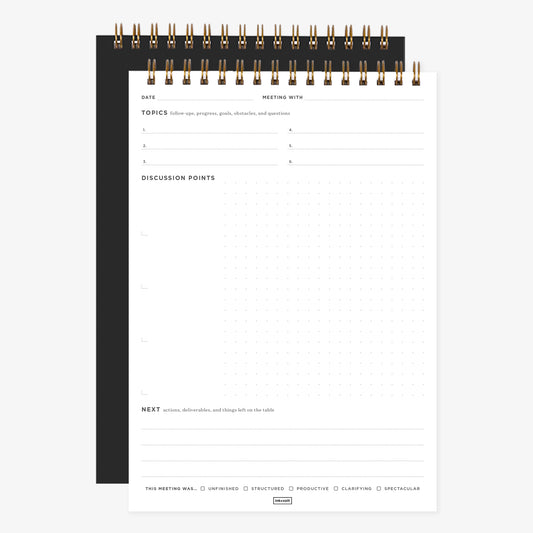There’s a lot to love about working from home, but separating personal and professional doesn’t always come easy.
More industries and employers are making it easier than ever to work remotely. Video-chat, email, and apps like Slack and Basecamp make staying connected to a team a piece of cake. The real challenge with working from home can be the mindset and avoiding distractions.
A 2017 Gallup poll found that employees who work remotely three to four days per week are among the most engaged. This shows it is possible to be highly productive even with significant time away from your office and your coworkers.
“In spite of the additional time away from managers and co-workers, they are the most likely of all employees to strongly agree that someone at work cares about them as a person, encourages their development and has talked to them about their progress,” Gallup wrote about the findings.
So not only are these workers engaged, but they’re more fulfilled in their jobs.
Even so, hitting the sweet spot in remote working can take some time, especially if you’re not used to rolling out of bed and right into the workday. Fortunately there are ways to offset the adjustment between working in an office and at home.
Treating a remote work day just like an office work day is a good place to start.
Get dressed
Working from home isn’t all messy buns and pajama bottoms. In fact, not getting ready can completely change the way you look at your work. It’s all about mindset!
For a lot of people who work from home, simply getting dressed for the day — even though they don’t plan on attending any professional functions — can be a game-changer. That doesn’t mean breaking out a full suit, but picking out an actual outfit (one you would wear in public) and getting dressed can set the tone for the day.
This sets a tone for the day: you are serious, you are professional, and you are at work. Staying in your pajamas, while cozy, sets a very different tone.
When you lay a good groundwork, you are more likely to succeed.
Set a schedule
Working from home can be just like any other workday if you plan it right. Start by setting a schedule, and then stick to it.
Make a list for yourself and set mini-deadlines to stay on track. It’s even easier to get stuck on a task working from home because nobody is urging you to move on or work more quickly. A daily organizer pad is really helpful here. Make notes about what deadlines you make for the day, like finishing emails by 11 a.m. or adding teammate check-ins to your day.
Having a visual reference for the tasks you need to accomplish and when you should be hitting deadlines throughout the day can que you to keep going and marking off tasks from your to-do list.
Remember that your workday should have a clear start and a clear end, just like a day at the office does. If you normally finish work at 5:00, aim to finish at 5:00 at home. Unplug and move on with your evening.
It’s tempting to keep working, especially when you’re comfy in your home office, but if you’re working from home for an extended length of time, this always-on mentality will exhaust you and cause burnout faster than you think.
Create a workspace
Don’t work where you sleep. Your productivity and sleep routine will thank you later.
Bedrooms should be comfortable places where relaxation comes easy. That’s why there’s so much advice on keeping electronics to a minimum before bed, charging phones in another room, and creating an atmosphere that prompts a good night’s sleep (another way to boost productivity!)
Working from your comfy place will hinder rest later on, and you’ll lose a place that truly feels relaxing. So avoid the bedroom, even though working from bed can be oh-so cozy sometimes. Do your work in a different place.
If you’re not a steady remote worker and don’t have a designated desk at home, you can still create a productive atmosphere. Instead of finding a slouchy spot on your bed or couch, set up shop at the kitchen counter or dining room table, somewhere that feels more like a workstation.
Think about the tools you use most at the office — planner, tape, stapler, phone — and make sure you have the tools you need close at hand.
Try and remove distractions that will prevent you from working, like a television. Whatever conditions you’ve found to be helpful at the office will probably be helpful at home too, so don't hesitate to throw on some headphones with white noise, if that's what works for you.
Make time for breaks
Just like a day at the office, there will be downtime and dips in productivity in a work-at-home day. It’s a good idea to get some fresh air, maybe walk the dog, or take a few minutes to complete a “home” task like loading the dishwasher or folding laundry, every once in a while.
A 10-minute break, no matter how you choose to spend it, can help you reset your brain so you can get back to being productive. It can be easy to fall into a trap where anything not work-related feels like cheating the system, but chances are you’d spend the same amount of time breaking in the office. It might just look more like a scroll through Twitter or stopping by a coworker’s desk to chat.
Allowing yourself some flexibility will prevent rapid burnout throughout the day, so if you need a breather, take it.
The beauty of working from home is that there is freedom to work how you work best, while still maintaining a level of acceptable productivity. If you’re worried about getting too distracted, schedule those breaks into your to-do list or set a reminder to get up a couple of times throughout the day.
Set boundaries
Working at an office typically means that everybody around you knows that they should also be working, but that’s not always the case working from home. You may have roommates or partners that are spending the day not working.
Set ground rules early on to keep productivity high and interruptions to a minimum. Laying out a schedule for the day and communicating it to people who might be around can be helpful without leaving you feeling like you’re blowing them off completely.
Let them know when you plan to take a break or that you have to meet a deadline.
Likewise, hold yourself to the same level of accountability. Work when it’s time to work, and log off when you’re done with the day.
Then, treat yourself for a day well done.









